The most commonly seen species around the island roosting in trees near human habitat. There social organization consists of a dominant alpha male amongst many females who form stable matrilines in a group. Toque Macaque’s are omnivorous and feed on a wide range of plants and animal matter. There are three subspecies that occur in the dry zone, wet lowlands and mountains and are differentiated by the color and length of the hairs radiating from the cap (toque).

About Author
358 Posts
You Might Also Like This
-
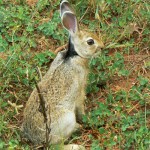
Black-naped or Indian Hare Lepus nigricollis
-

Crested Porcupine Hystrix indica
-
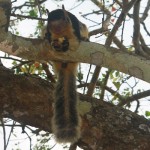
Grizzled Indian or Giant Squirrel Ratufa macroura
-

Giant Flying Squirrel Petaurista philippensis
-

Dusky Striped Squirrel Funambulus sublineatus
-

Palm Squirrel Funambulus palmarum
-
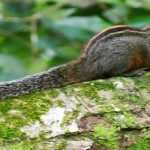
Layard’s Striped Squirrel Funambulus layardi
-

Water Buffalo Bubalus Bubalis
-

Indian Muntjac or Barking Deer Muntiacus muntjak
-

Sambar Cervus unicolor
-

Spotted Deer Cervus axis
-
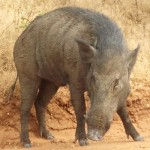
Wild Pig Sus scrofa
-
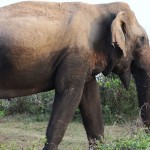
Asian Elephant Elephas maximus
-
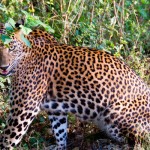
Leopard Panthera pardus kotiya
-
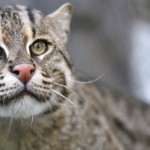
Fishing Cat Prionailurus viverrinus
-
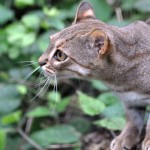
Rusty-spotted Cat Prionailurus rubiginosus
-

Jungle Cat Felis chaus
-

Ruddy Mongoose Herpestes smithii
-
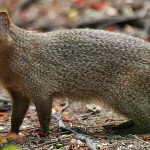
Indian Grey Mongoose Herpestes edwardsii
-
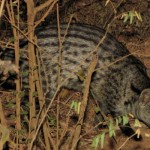
Small or Ring-tailed Civet Viverricula indica
-

Golden Palm Civet Paradoxurus zeylonensis
-
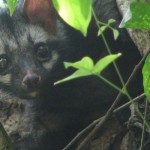
Common Palm Civet or Toddy Cat Paradoxurus hermaphrodites
-

Otter Lutra lutra
-

Sloth Bear Melursus ursinus
-
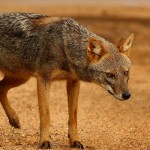
Golden or Black-backed Jackal Canis aureus
-

Purple-faced Leaf Monkey Trachypithecus vetulus
-
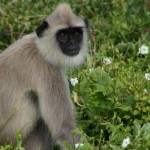
Hanuman or Grey Langur Seminopithecus priam
-

Gray Slender Loris Loris lydekkerianus
-

Red Slender Loris Loris tardigradus
-
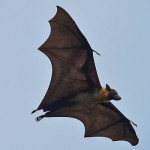
Common or Indian Flying-fox Pteropus giganteus
-

Short-nosed Fruit Bat Cynopterus sphinx
-

House or Common Musk Shrew Suncus murinus
